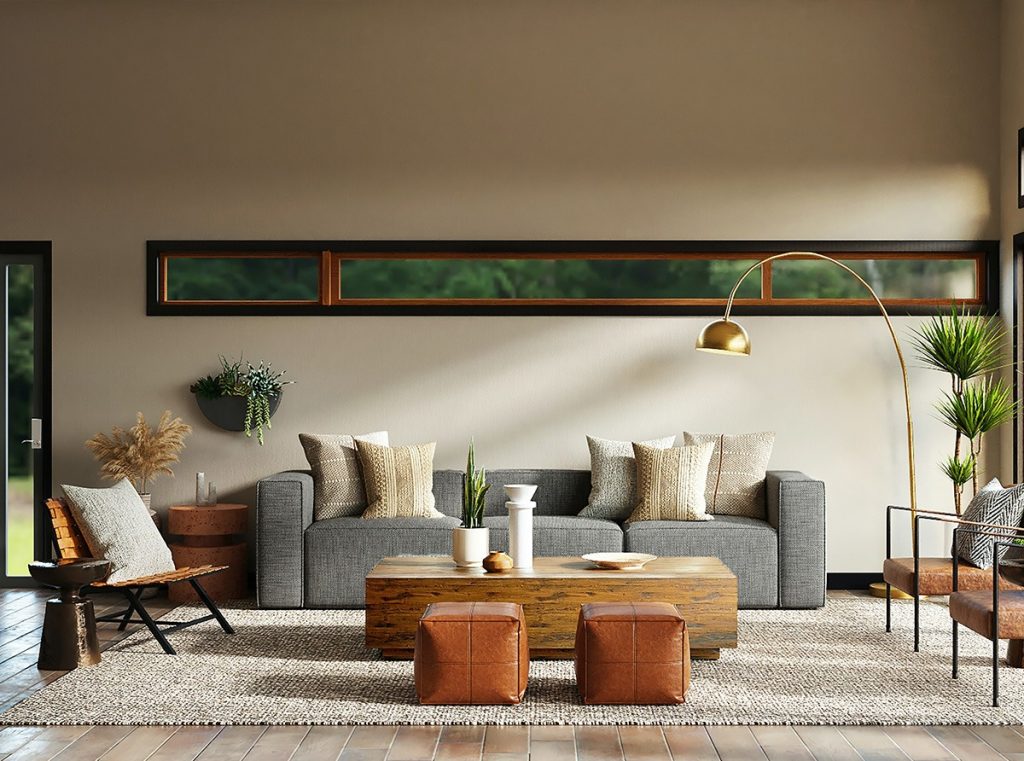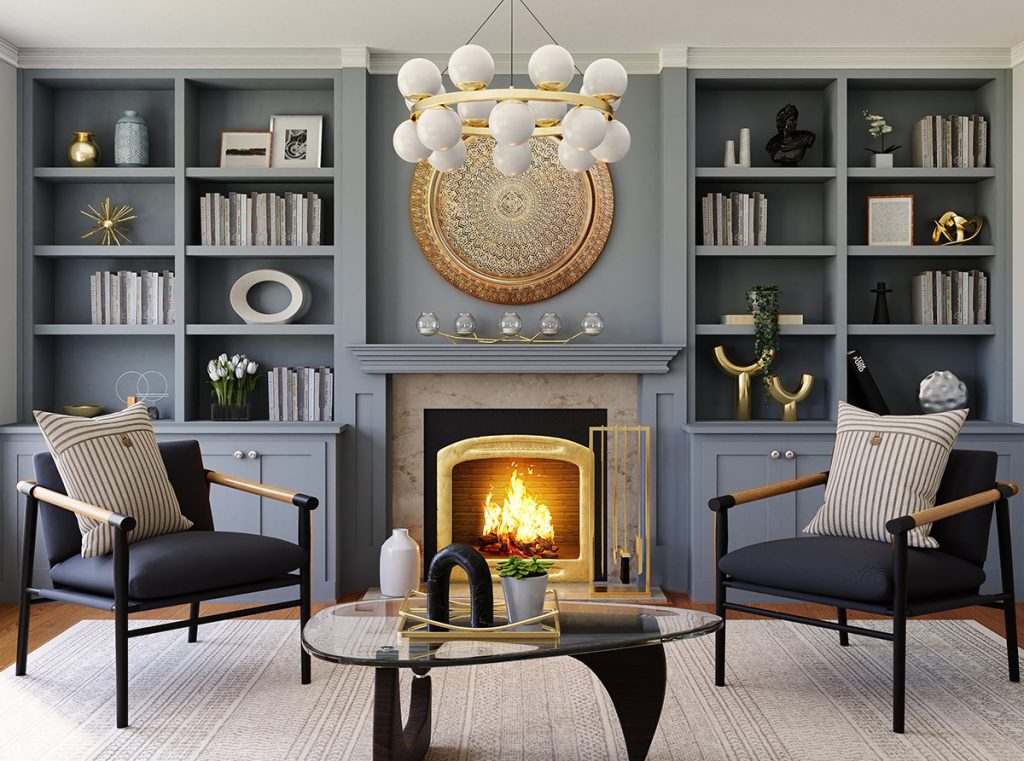In the bustling city of Dubai, where innovation and luxury coexist, interior design plays a pivotal role in shaping the retail landscape. Beyond just being aesthetically pleasing, a well-designed retail space gives customers an engaging and unforgettable experience. In this blog, we’ll look at how interior design in Dubai improves retail space, which helps create a lively and prosperous shopping atmosphere.
Creating a Captivating Atmosphere
Aesthetic Appeal: In a city known for its luxury retail, aesthetic appeal is paramount. Interior designers in Dubai bring a blend of cultural influences and contemporary design trends to create visually stunning retail spaces. From the choice of materials to the color palette, every element is carefully curated to align with the brand identity and resonate with the target audience.
Spatial Planning for Flow: Efficient spatial planning is key to a successful retail environment. Interior designers in Dubai meticulously plan the layout to ensure a seamless flow of traffic, guiding customers through the space effortlessly. Well-defined pathways, strategically placed displays, and thoughtfully designed zones contribute to an optimized shopping journey, encouraging exploration and discovery.
Incorporating Cultural Elements: Dubai’s rich cultural heritage is often interwoven with modern influences, and interior designers leverage this diversity to create unique retail spaces. Incorporating cultural elements not only adds authenticity but also resonates with the local clientele. From traditional motifs to contemporary interpretations, the infusion of culture enhances the overall ambiance of the retail environment.
Elevating the Brand Experience
Brand Storytelling through Design: Interior design in Dubai is a medium for brand storytelling. Designers in Dubai work closely with retailers to translate the essence of the brand into physical spaces. Whether it’s a narrative of heritage, innovation, or exclusivity, the design elements – from wall finishes to lighting – become a canvas for communicating the brand’s story, fostering a deeper connection with customers.
Immersive Visual Merchandising: Effective visual merchandising is an integral part of interior design in retail. Designers in Dubai understand the importance of creating visually impactful displays that not only showcase products but also tell a story. Thoughtful placement of merchandise, dynamic displays, and strategic lighting draw customers in, encouraging them to engage with the products and the brand narrative.
Integration of Technology: Dubai is at the forefront of embracing technological innovations, and interior designers leverage this in retail spaces. From interactive displays to extended reality experiences, the integration of technology enhances the overall customer journey. Interactive elements not only add a modern touch but also provide valuable insights into customer preferences and behaviors.
Optimizing Functionality for Efficiency
Ergonomic Store Layout: Ergonomics plays a vital role in the design of retail spaces. Interior designers prioritize creating a layout that promotes comfort and ease of movement for both customers and staff. Ergonomic considerations include well-designed counters, easily accessible shelves, and strategically placed seating areas, ensuring a comfortable and efficient shopping environment.
Utilization of Smart Storage Solutions: In a city where luxury often comes with limited space, smart storage solutions are imperative. Interior designers in Dubai employ innovative storage solutions that maximize space without compromising on aesthetics. From hidden storage behind panels to modular shelving, these solutions contribute to a clutter-free and organized retail setting.
Sustainable Design Practices: Dubai has embraced sustainable practices in various sectors, and interior design is no exception. Designers incorporate eco-friendly materials, energy-efficient lighting, and sustainable design principles to create retail spaces that align with the city’s commitment to environmental consciousness. Sustainable design not only resonates with conscious consumers but also reflects a forward-thinking approach by retailers.
Conclusion
Interior design in Dubai goes beyond the superficial, shaping retail spaces into immersive environments that blend aesthetics, brand identity, and functionality. From the enchanting allure of luxury boutiques to the dynamic energy of shopping malls, the impact of interior design is evident in every corner of Dubai’s retail landscape.



